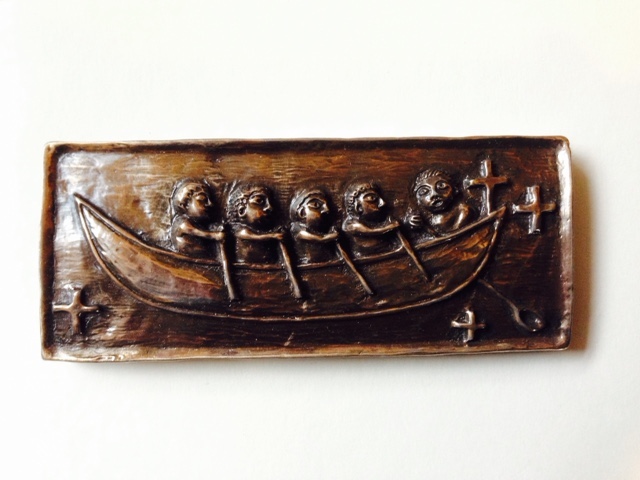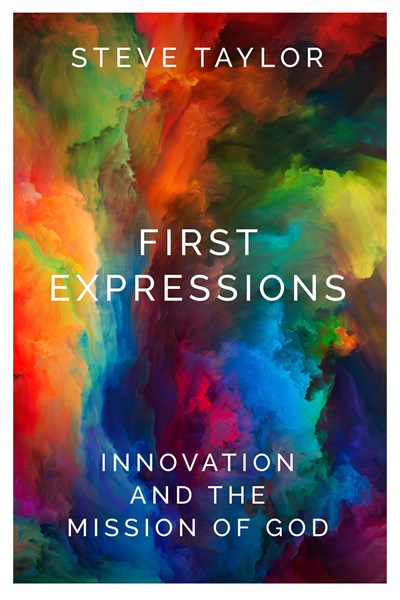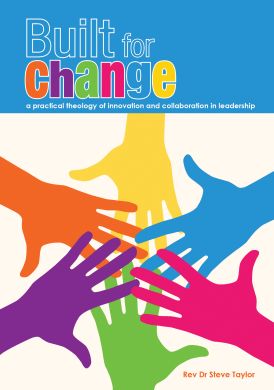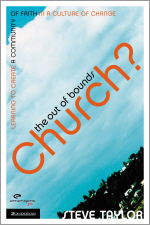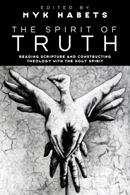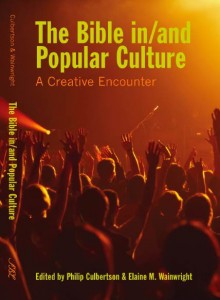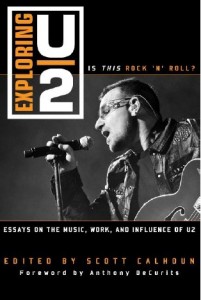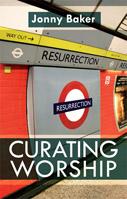Tuesday, July 18, 2006
permanent mark on fuller

I left my mark at Fuller today; using a permant marker on a white board. Ryan Bell very nicely snapped a phone pic for my records.
Monday resources that the class asked for more information on included:
Gen X video This is who I am
If you want to download the flea circus; go here;
A really solid introduction to the imagination is Richard Kearney, The Wake of Imagination.
The artist I mentioned is named Sieger Koder. A place to buy his art would be here.
For the words I wrote to go with the 40 CD; go here; and here for the information I gave in class about how the resource came together.
Update: A resource mentioned toward the class: video from Highway productions and visual resources linked to the Lectionary here.
Friday, July 14, 2006
desperate for brian mclaren
Update: Found it, 90 minutes before my plane took off. Yeeha .
I am desperate. I have a CD digital recording of Brian McLaren preaching in Christchurch in which he practises communal lectio divina. In other words, he is working his was through a Bible passage (yes folks, Brian does use the Bible), inviting the congregation to imagine being in the text and to express how they feel.
I have lost the CD. And I use it in my teaching as a case study of community and imagination in Scripture. And I fly to the US tomorrow and I need the CD for a (Wednesday) class I am teaching at Fuller. Now you see why I am desperate.
a) Have I lent this CD recording to any of my students who read this blog? If so, you have 24 hours to escape from being forever in my bad books.
b) Or do any blog readers know if Brian has done this communal lectio divino approach in places other than Christchurch (surely he must) and it was recorded and you could help locate a digital copy for me to use Wednesday 19th July (US time). (You would be forever in my good books :))
Sunday, July 09, 2006
tears, judgement and global justice

The preaching text was Jeremiah 19. God is a judge and holds us accountable for injustice done to the poor. A tough, tough text to preach. I gave out clay at the start of the sermon and invited people to use the clay to express how they felt about the text. I think these are tears.
Update: more photos here.
Friday, July 07, 2006
living the text in a contemporary context
I’m teaching a 1 week intensive at Fuller Theological Seminary July 17-21. I hear there are about 45 people enrolled so far. Ryan Bolger and I had coffee last week, waiting for a plane at Boise Airport, Idaho. He was asking me about the course and what I’ll cover, so I thought I would drop a 90 sec podcast, if you want to listen.
Tuesday, May 30, 2006
preaching the Da Vinci Code: 2 something about Mary
Here is my 2nd sermon on Da Vinci – titled There’s Something about Mary. (My first one – Facts and fictions? is here.)
Sunday, May 21, 2006
preaching the Da Vinci Code
I preached on Da Vinci Code this morning. The Bible text was Luke 24:44-49 and the challenge to be witnesses. Today, I think being a Christian witness needs to include some sort of response to Da Vinci … but the sermon faced potential potholes
– preaching Da Vinci not Jesus
– mocking something from a place of safety
– not listening seriously enough to the questions raised by the book and movie.
Some links I found helpful in preparation:
Steve Hollinghurst on The Da Vinci Opportunity;
Tom Wright on Decoding The Da Vinci Code;
Andrew on The Da Vinci Code (I asked his permission to borrow one of his stories).
And here is the sermon
Sunday, May 14, 2006
is the Bible patriarchal or feminist?
It was Mothers Day today and I decided to preach on Proverbs 31, that entrepreneurial women tucked in the back of Proverbs. By Thursday I was having serious doubts about the wisdom of the choice. She felt like Super-woman. I asked a young mother, a working woman and a grandmother to help me process the text. It was so helpful to talk it through with them. And then to think about what it might mean for men (especially religious men).
In the end, I felt the Bible looked quite radically feminist and empowering to woman. Is it? If so, why do so many women find churches oppressive? Or am I just looking for the passages that suit and twisting them to be “culturally relevant”? How do you handle the place of women in society?
Sunday, December 04, 2005
the emerging church and the Bible
John Hammet emailed and asked a very good question: What I think many would like to hear is a statement about how you teach your converts to regard the truthfulness of Scripture. Is it a message that is true for them and the world? I am not talking about crude Cartesian foundationalism or modernist rationalism. I am not talking about evangelistic strategy; it is entirely appropriate to start with people where they are and answer their questions. I am talking about the church and its teaching and discipling ministry.
 It’s a great question. I am teaching a course on this at Fuller Seminary July 17-21 2006 and am working on a book about this very topic; how the emerging church use the Bible. Publisher negotations mean I have to be a bit coy about what I say and how much I can post.
It’s a great question. I am teaching a course on this at Fuller Seminary July 17-21 2006 and am working on a book about this very topic; how the emerging church use the Bible. Publisher negotations mean I have to be a bit coy about what I say and how much I can post.
I can’t speak for the emerging church, but perhaps what we did tonite at Digestion, our interactive more youth orientated service, is some answer (to the general question of the place of the Bible in the inner life of the emerging church).
Wednesday, November 23, 2005
entering the biblical text or godly play in larger settings
Godly play is a wonderful way of engaging the Scriptures. It uses imaginative storytelling, pauses and offers space to “wonder” around the text, then concludes the story. I am still wrestling with how it can be used in larger congregational settings. How do groups of more than 40 people all have space to “wonder” together.
This following variant worked well on Sunday morning. I was working with the crossing the Jordan narrative. I printed up three wondering questions on different coloured cards;
I wonder what it felt like to face the Jordan?
I wonder what it felt like to cross the Jordan?
I wonder what it felt like to stand on other side?
(Download PPT file of 3 questions)
The story was read. I then divided the congregation into three sections and invited them to “wonder” in groups, and to write their wonderings on the relevant coloured cards. The kids got involved, carrying the cards to and the various groups, and then collecting the cards from the groups to lay on an “altar” at the front of the building.
In about 7 minutes, 180 people of all ages and stages, entered/wondered their way deeper into a Biblical narrative. (The service then moved into a dialogue sermon, two people applying the text to our life as a congregation.) Here are the congregational “wonderings”; which shows quite some depth of congregational engagement/wondering with the text.
Tuesday, November 08, 2005
contemporary atonement images
Arab parents donate son’s kidney to Israeli
The family of a 12-year-old Palestinian boy, killed by Israeli soldiers, this weekend donated his kidney to an Israeli boy who desperately needed a transplant. “It doesn’t matter,” they said, “whether the recipient was a Jew or an Arab.” Ahmed Khatib was shot in the head and pelvis on Thursday during a firefight in the West Bank city of Jenin.
This has hints of atonement; a body given that others might live, a body broken to remove barriers between the alienated, the Jew and Gentile.
It is a similar approach to atonement as taken by the movie Jesus of Montreal, in which the body of the actor Daniel becomes eyes for the blind and a new heart for the diseased.
Did anyone get a video tape of this on the news? I’m thinking about using it for communion on Sunday nite.
Wednesday, November 02, 2005
healing and wholeness in a postcolonial theology
I’m preaching on Sunday, November 6th, 3.00 p.m, St John’s Church, Hororata;
Annual Te Waiora Thanksgiving Service
Title: A healing community
Text: Genesis 28:10-17
Spiritual takeaway: sprigs of rosemary
 I’m wrestling with text and topic at the moment. I’m thinking about how some of our contemporary movies are a cry for wholeness and healing -Whale Rider and the pain of a search for identity, In My Father’s Den and the pain of household memories. And reflecting on Jacob, who in Genesis is fleeing the pain of household memories and is searching for identity. And how in the Biblical narrative, God becomes present, through sleep, as an ancestral God. And then there is John 1:51 and Jesus as the new Jacob.
I’m wrestling with text and topic at the moment. I’m thinking about how some of our contemporary movies are a cry for wholeness and healing -Whale Rider and the pain of a search for identity, In My Father’s Den and the pain of household memories. And reflecting on Jacob, who in Genesis is fleeing the pain of household memories and is searching for identity. And how in the Biblical narrative, God becomes present, through sleep, as an ancestral God. And then there is John 1:51 and Jesus as the new Jacob.
Somehow in here are the seeds of a post-colonial theology — journey, past wounds, ancestoral identity, land issues. But the task for today is accessibility and a 15 minute “spiritual reflection.”
Friday, October 28, 2005
email from fuller seminary
In this regard, I wanted to give you an update on the approval process for your MP541: Living the Text in a Postmodern Context Expanded Course Description. The MA Committee reviewed the proposed ECD and are very excited about what youre going to do with the course. Theyre especially pleased at the nature of the assignments, and expect students will be drawn to the nontraditional approach they represent.
MP541: Living the Text in a Postmodern Context :
Wednesday, July 13, 2005
reading the [biblical] text in a postmodern world
Prodigal is rehashing some theologising I did around Winnie the Pooh and reading the Bible. For those who are about to dismiss me as sacriligious (assuming you haven’t already:)), I was struck by the relationship between the inspiration of Biblical text and community memory in the Piglet Big movie.

… As they [Piglet, Rabbit, Eeyore and Tiger] start a process of communal re-telling, so they find themselves in a process of communal re-living… As we tell the story, our lives are changed … Re-telling and re-living cannot be separated.”
For those interested in more, I did a sermon once on Bible Sunday, exploring Pooh, Piglet and reading the Bible.
Maybe we should show Piglets Big movie for a film:church at Opawa? And now I am eagerly awaiting Pooh’s Heffalump movie for more theological reflection ( Quick time promo here).
Sunday, July 03, 2005
get a [preaching] life
Preachers take themselves far too seriously. I was at a conference, sitting at the back, listening and clearing my email. The visiting speaker tells me “I hope no-one ever treats you with that much dis-respect.”
It’s like get a life. It’s like have you never seen the back row of a youth service and watched everyone texting. It’s like have you never watched the way people watch TV, the way they tune in and out. Welcome to a culture in which people multi-track.
It might not be ideal, but it’s life. Get high and mighty, or work out ways to enculturate and participate in our multi-track culture. Earn the right to subvert.
